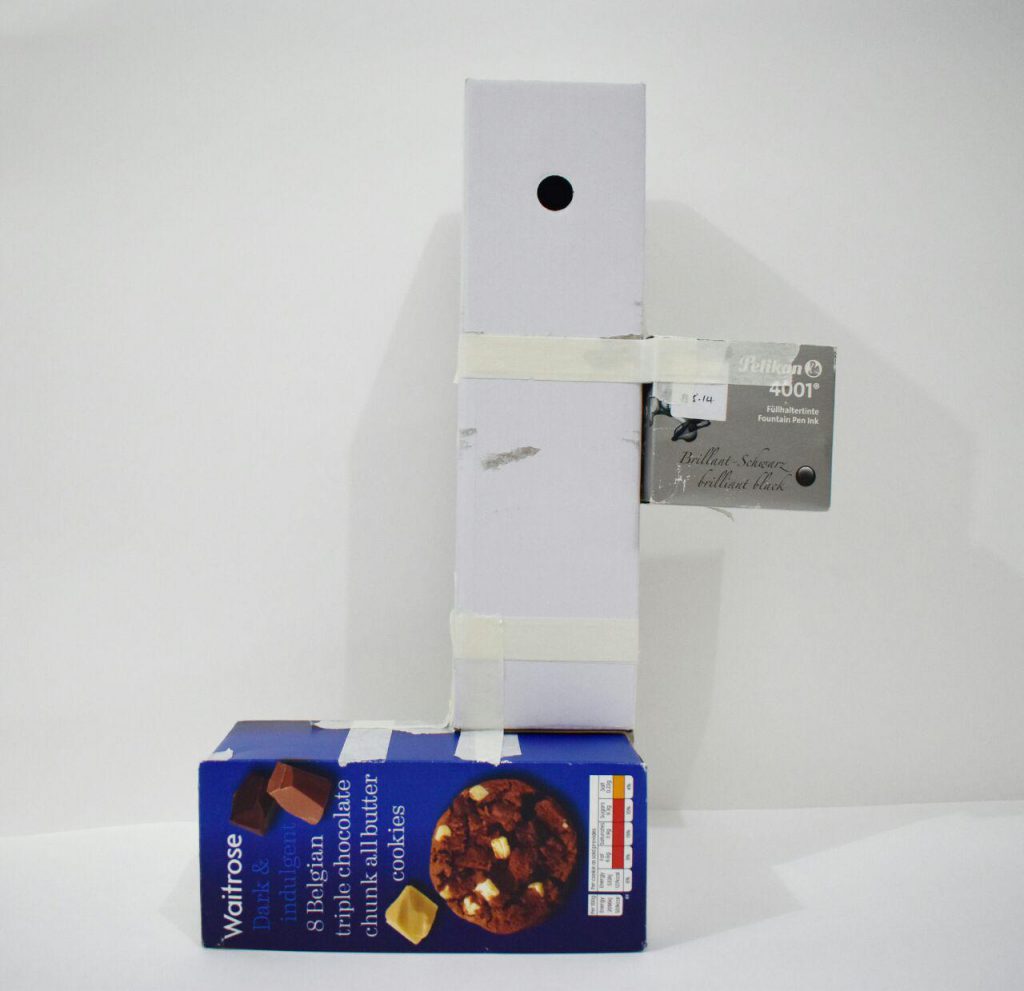
________________________________________________________
Concept
In conceptualizing the theme of “Rules of Third”, I have decided to play on the idea of 3 times 3 times 3. The above photograph was an initial attempt without the idea of 3x3x3. (link as shown above) The diagram below shows the prototype, after altering the size of the subdominant and subordinate blocks labelled SD and SO, reaching the ratio of 3:3:3.
The concept is to guide the eyes of the audience to conveniently and efficiently “perceive” the rules of third, through the visual ratios

________________________________________________________
Sketches
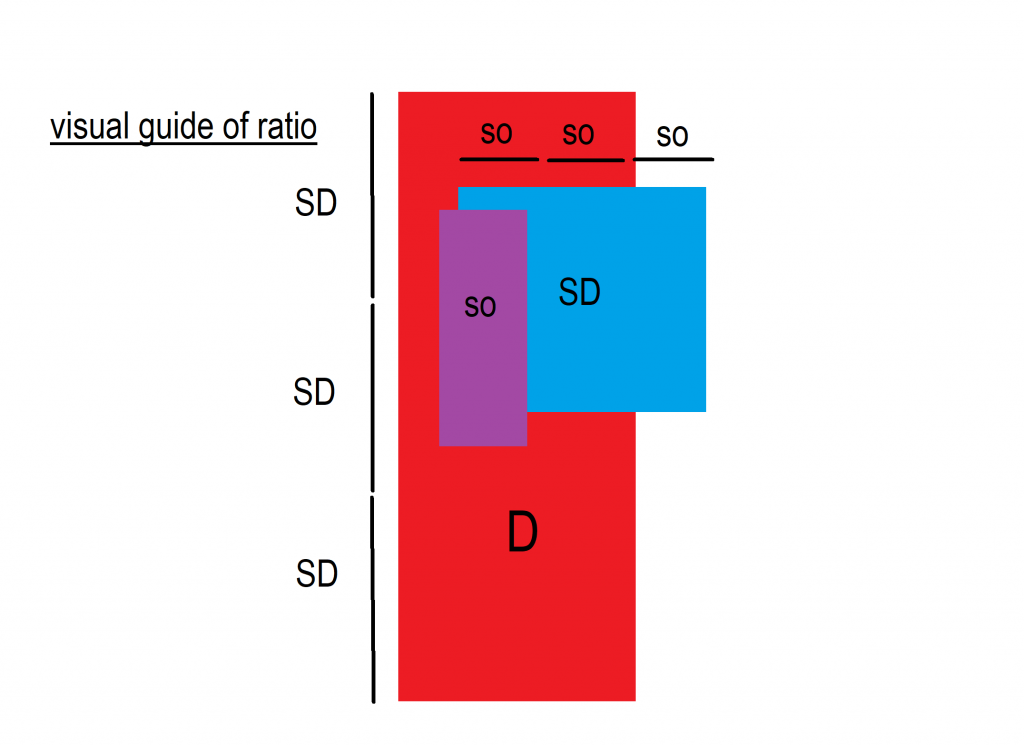
________________________________________________________
Exploration
The sketch below highlights the process of constructing the model, where i experimented with different positions of placing the blocks. This was a difficult decision as there were many positions where the rules of third intersected- this was when i thought of the idea of motion. The motion of the blocks allow it to be moved along the imaginary line of third, allowing the audience to place it anywhere they like, or anywhere they deem aesthetically balanced. The added notion of motion adds a higher element to the sculpture, giving the sculpture a dynamic appearance and appeal.
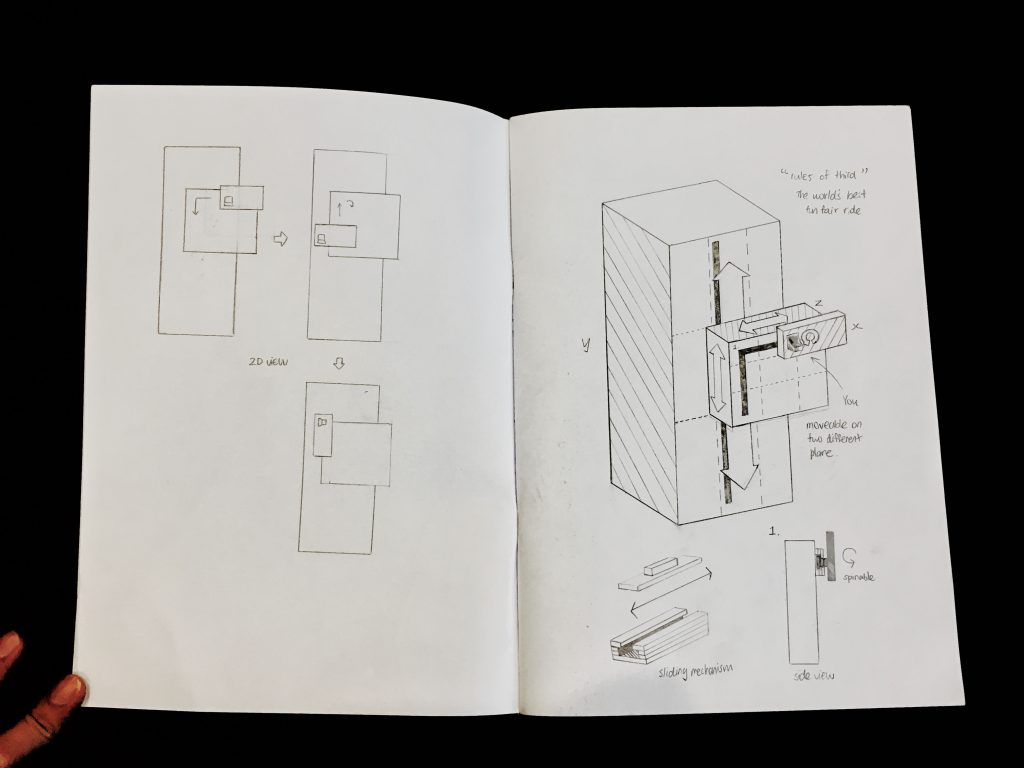
Movement
Shown in the above diagram, I drew out different ideas of movement, and ultimately went with the above settings. The selection was based on the functionality of the sculpture, which would be a fun fair ride that moves in all direction. The diagram is a series of 2D sketches that highlights the different movement the sculpture is capable of, a series of photographs and GIFS will be provided below for more visual aid.
 GIF 1. SO block rotating at one point
GIF 1. SO block rotating at one point
 GIF 2. SO moving on SD
GIF 2. SO moving on SD GIF 3. SD moving up and down along D
GIF 3. SD moving up and down along D
________________________________________________________
Functionality
I have chosen the functionality of a fun fair ride as I found the movement of the blocks along each other to be intriguing. The concept of movement on movement is unique and it would be difficult to locate an effective function, other than a fun fair ride, like the Double Shot Ride in Georgia, Wild Adventures. This functionality is also effective in using all three blocks in different ways, the SO being the 360 degrees rotating/ moving seat, the SD being the main block that moves up and down, while the D being the main sturdy block that holds everything together
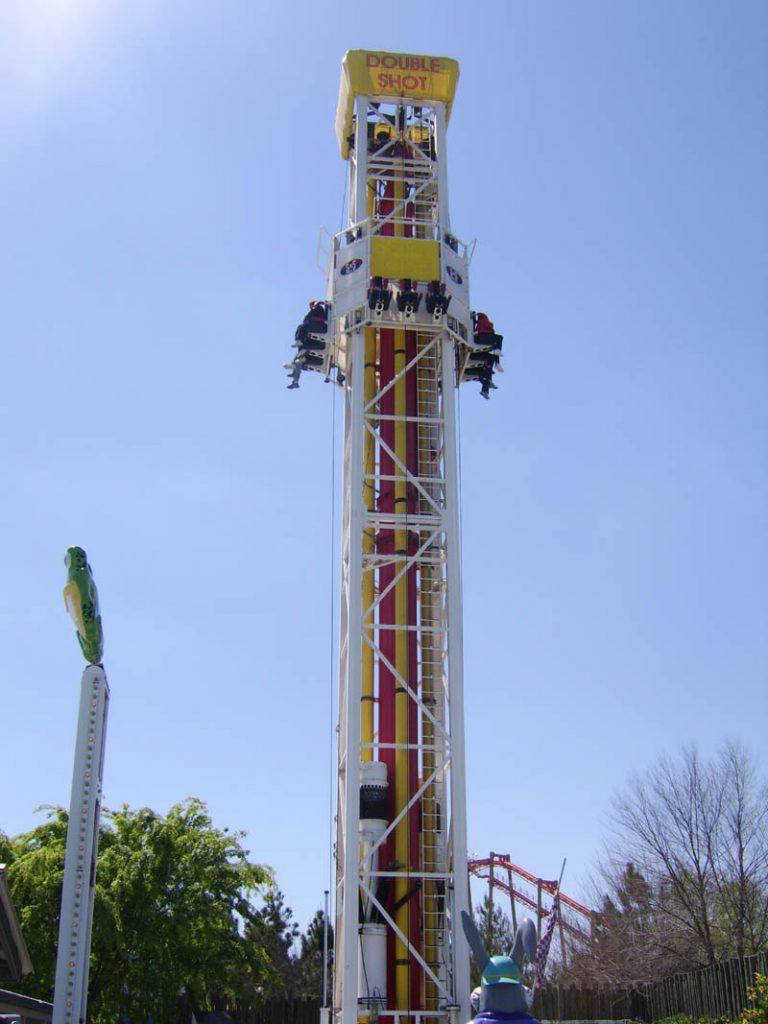
Here are a few positions of the final model:
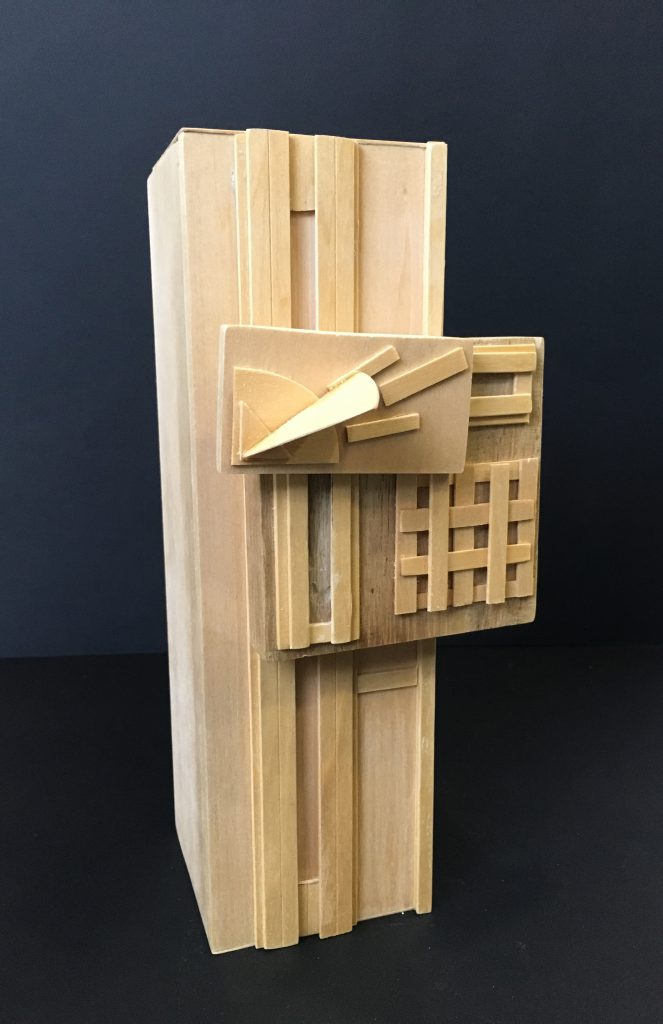
Front View A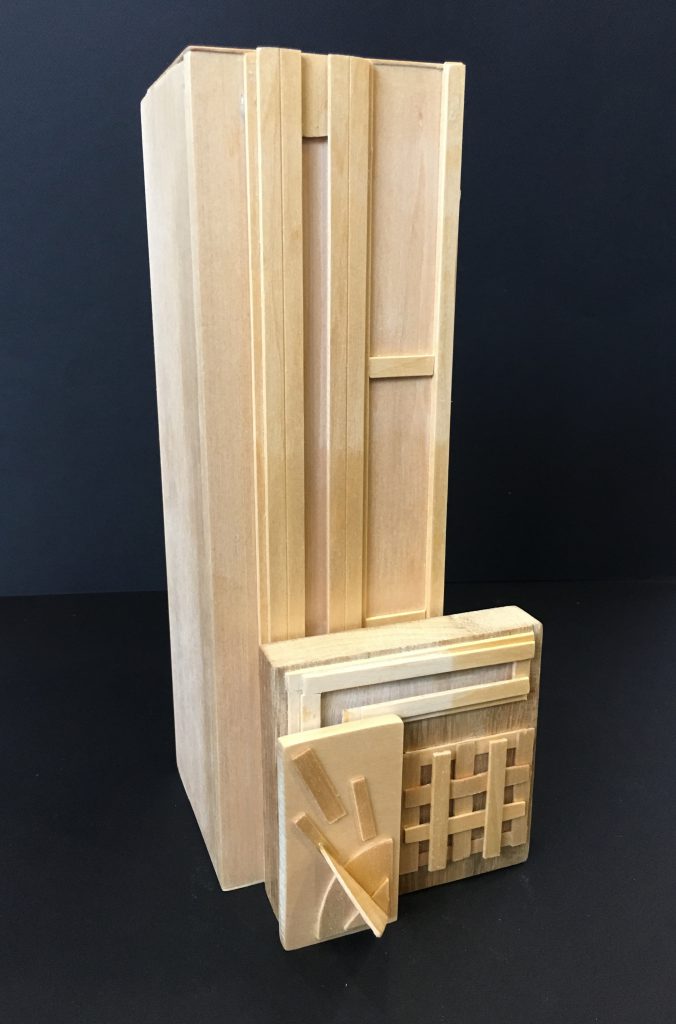
Front View B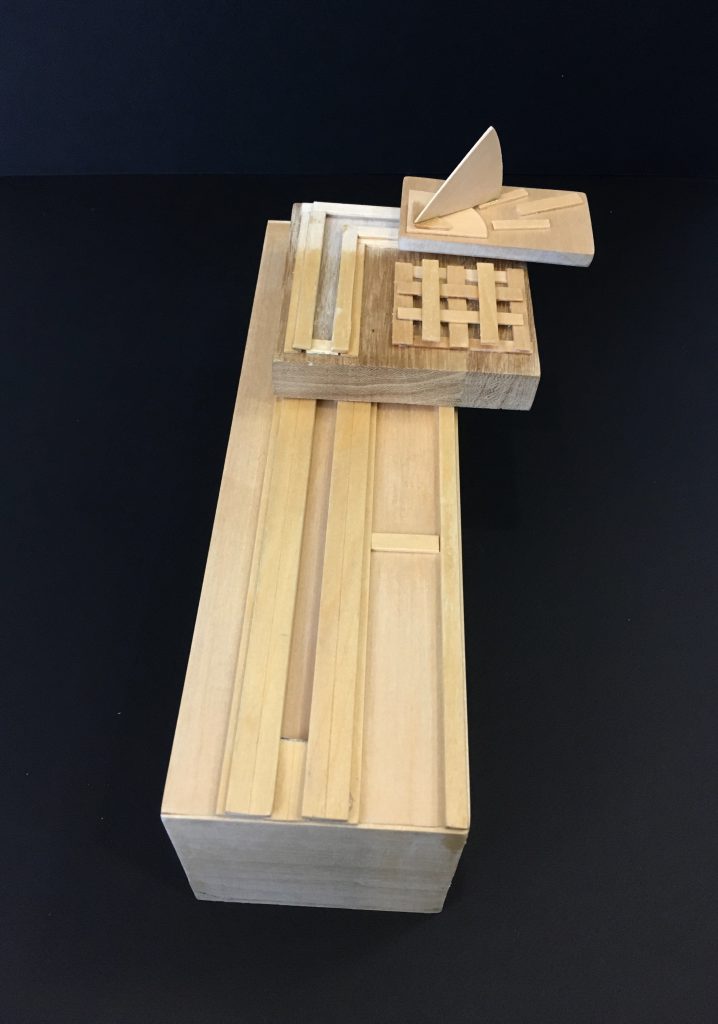
Horizontal View 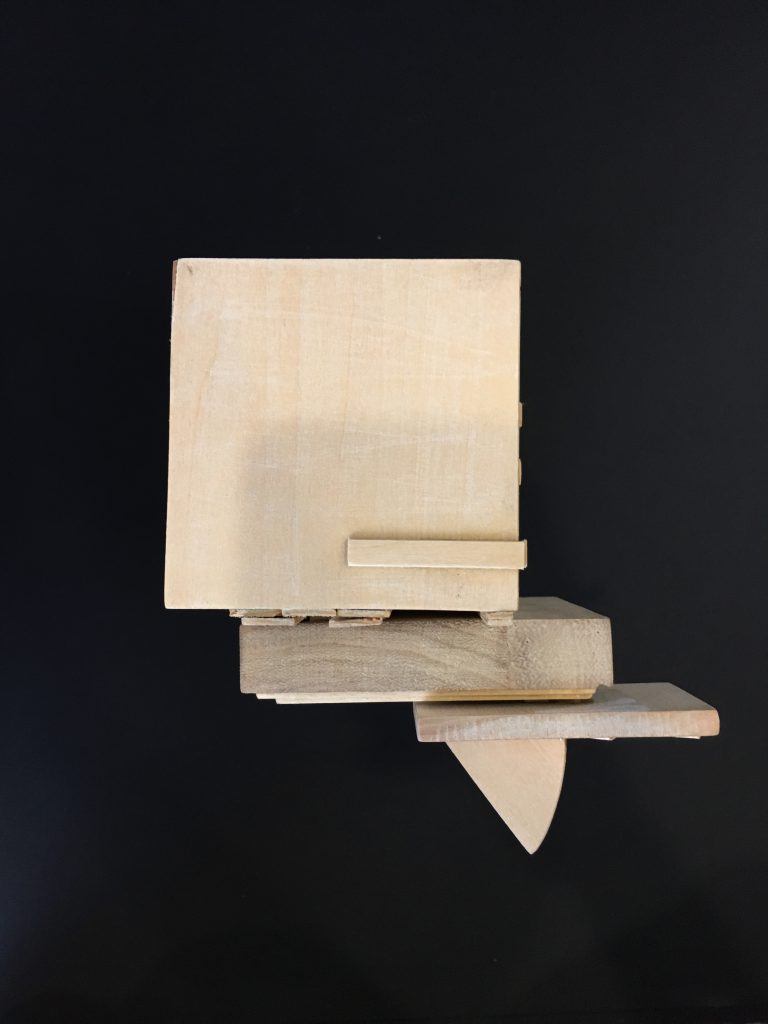
Top View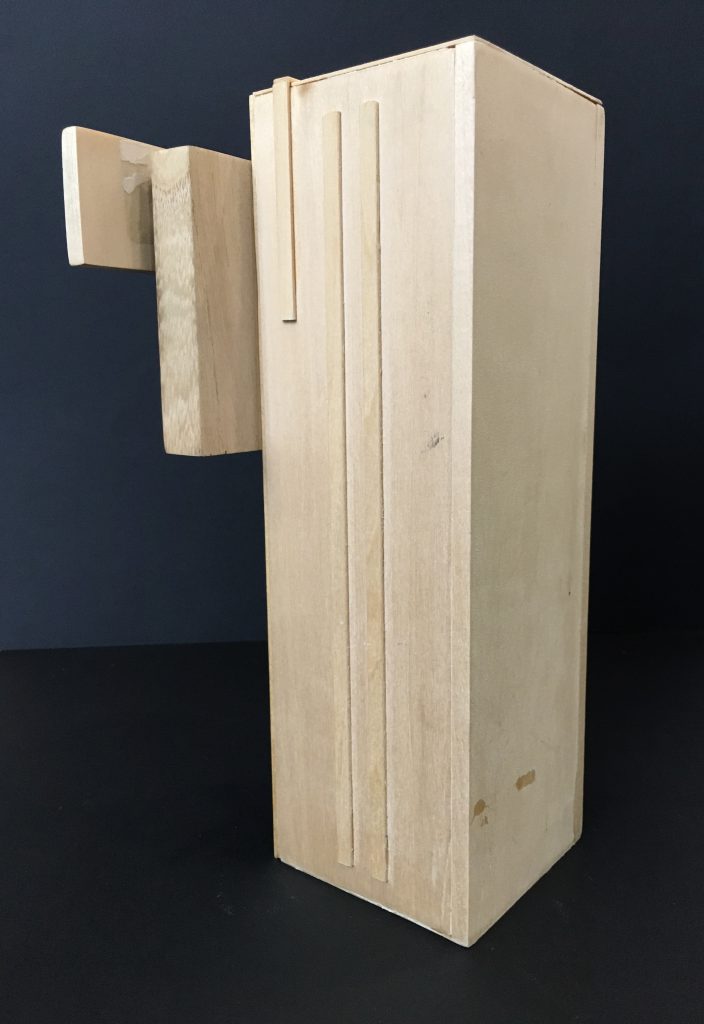 Side View
Side View
________________________________________________________
Material and Technique
I have chosen to use wood in creating this design as wood is sturdy and reliable, especially in creating architectural designs like buildings and hard structures, such as my final product. Wood can be easily manipulated and put together, especially in creating the movement I intent to create. Shown in the bottom right side of the sketch, I have a rough design of how to enable the movement of the blocks, using the sliding mechanisms of the T-structure of the blocks.

________________________________________________________
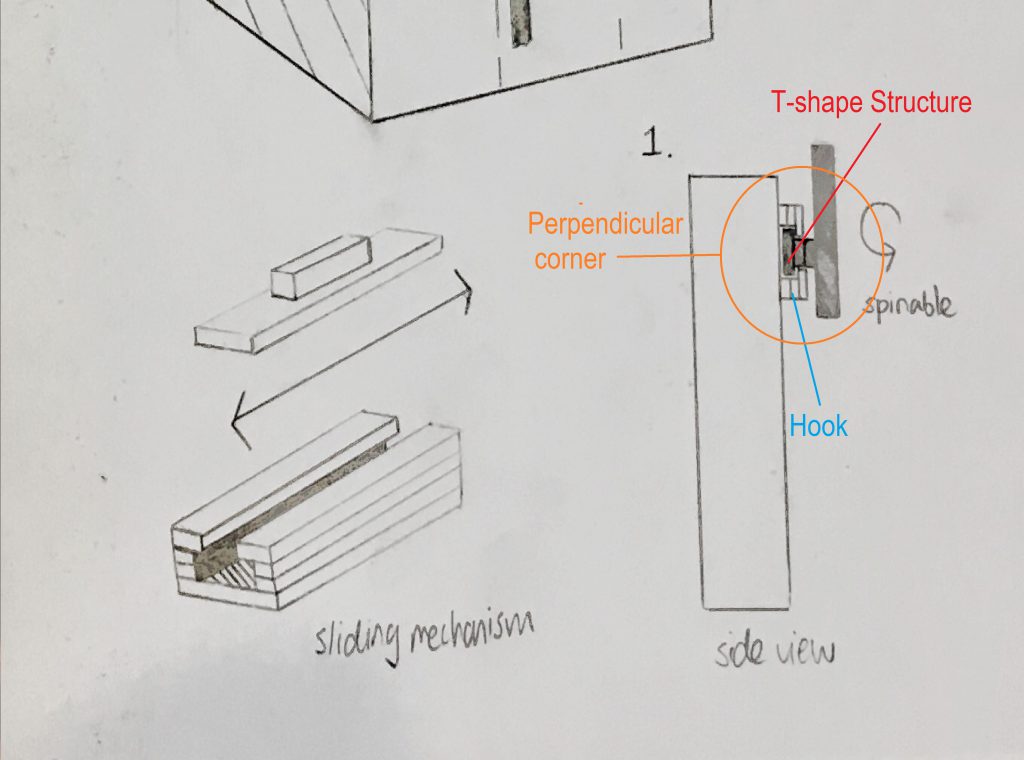 Close up on Sketch
Close up on Sketch
Challenges
In the process of creating this product, the problem that I encountered was the added movement of rotation of the SO on SD, shown in GIF 1. It was only resolved through the usage of a smaller T-shaped structure within the hook, shown by the sketch shown above. I also enlarged the perpendicular corner of two interacting hooks, allowing the T-Shape structure of the SO to rotate around freely.
Also, the variety of material used in this model is limited to wood. This is due to an attempt of achieving an unified look. However, in any situation where there is a need to recreate a prototype of the fun fair ride, etc, I would explore a larger variety of materials, shown below in the sketch model of the Pandora’s Box funfair ride, mainly metal and wood.
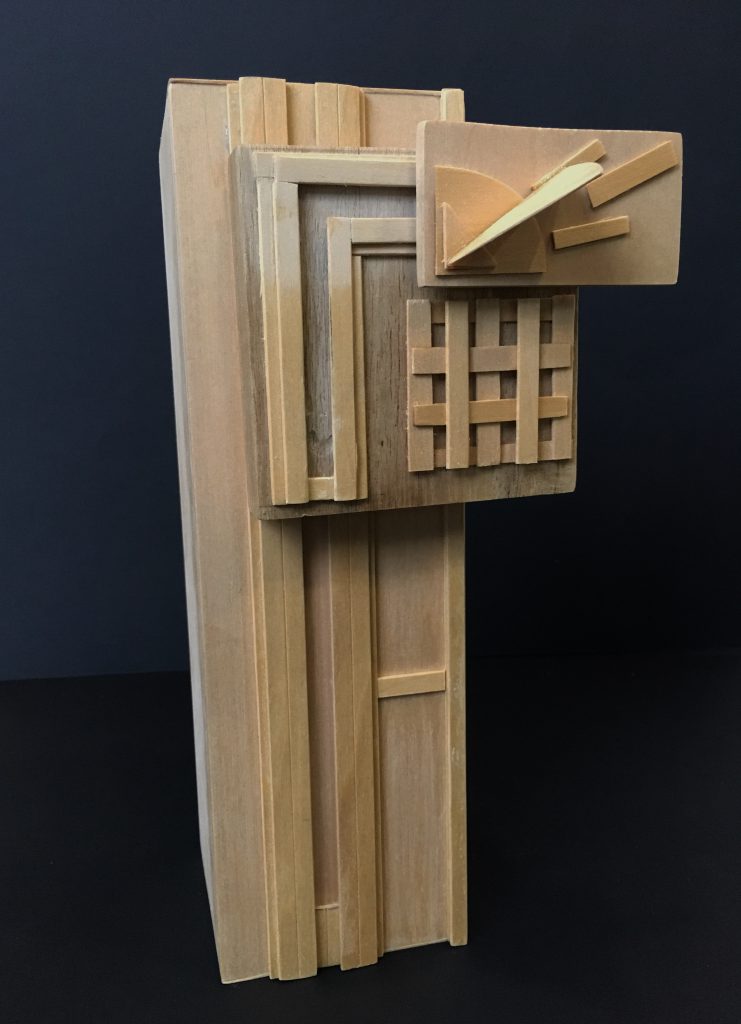
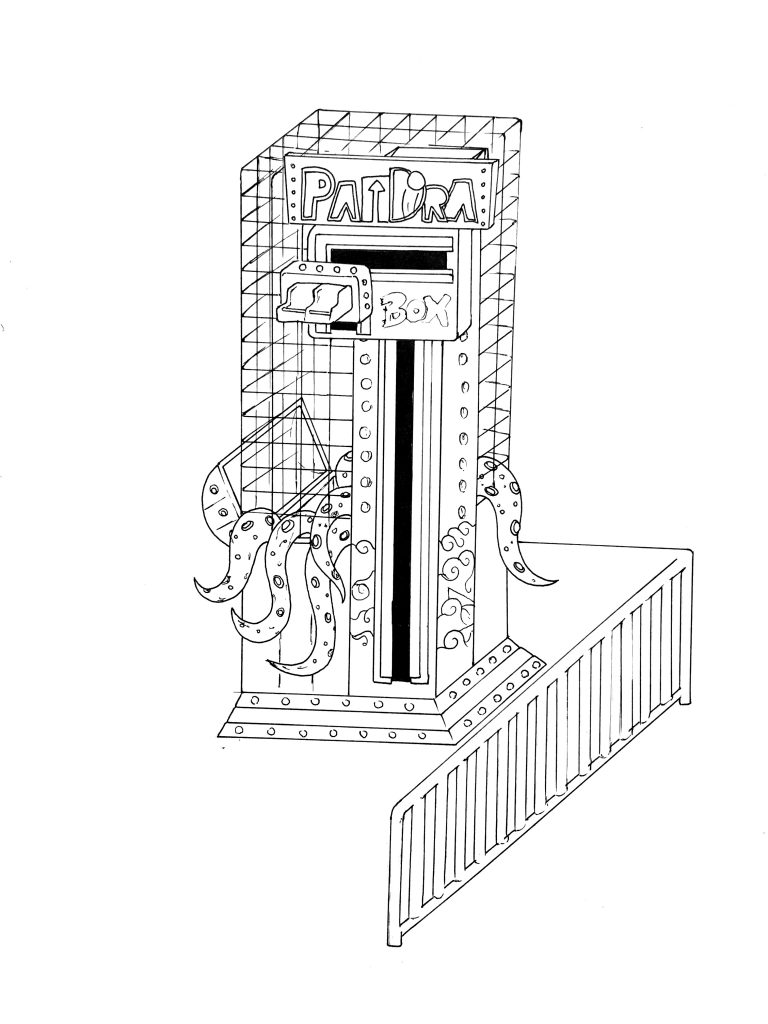
An artist reference I have under this assignment would be Kengo Kuma, Japanese architect. I found his works to be interesting due to the spatial quality created by the criss cross of wooden planks, especially in the design of the Prostho Musuem Research Centre in Kasugai Japan. I found the criss cross to amplify the negative space within the building, creating an almighty effect. Hence, I decided to decorate the final model with criss cross wooden pieces to pay tribute to Kengo Kuma’s works. In my sketch design for my fun fair ride, I decided to eliminate the criss cross wooden plank and use metal wiring instead due to the practicality of the object. The metal cage would be sustainable due to its location being outdoors and susceptible to rain and wind. The decorative nature of the final model would be a pointer to look out for.
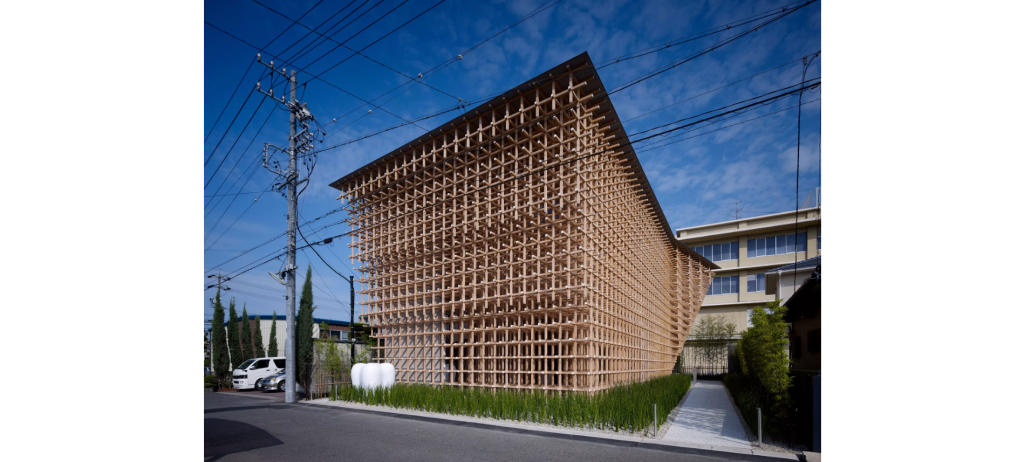
An interesting point raised up by Cheryl was how the model parallels to the Glass Elevator in Willy Wonka’s factory. The link provided below shows a video highlighting the extend to which the Glass Elevator can move, much like how I envision my model to be. An interesting point to note would be the usage of glass as a material for the model, bringing to life a fantastical theme, a tribute to Charlie and the Chocolate Factory as a cult classic. This would be a great link especially for the main functionality as a fun fair ride.
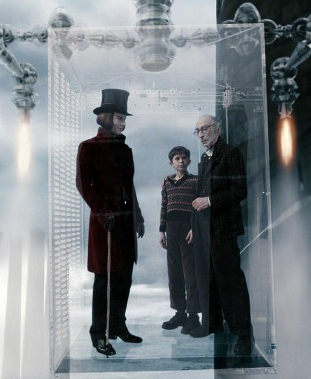
_________________________________________________________
Alternate Functionality
Another function that this product is capable of would be a tool for cleaning tall buildings. With the rotating and moving mechanics mentioned above, cleaners would be able to clean the windows of tall buildings with convenience, moving side by side, as well as reaching different corners- solving the issues of right-left hand inconveniences. The problem with this functionality would be the inconvenience of moving such a big structure. However, to resolve this issue, adding wheels to the base would allow the user to move the structure around freely, like a Forklift Machine.
_________________________________________________________
Alternate Functionality
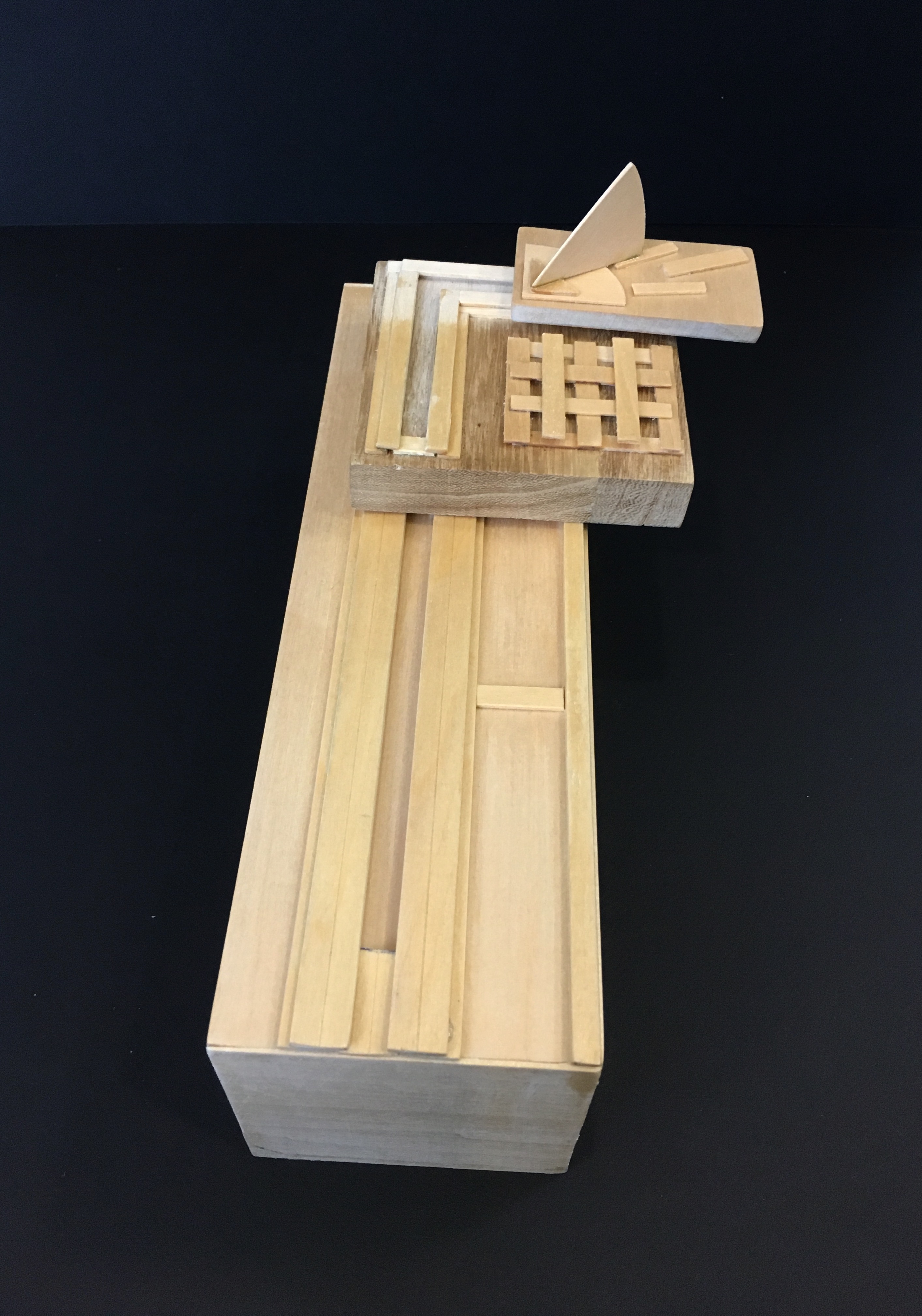

Another function that I had came up was an idea created when I laid the model horizontal. The function of the model moving at all direction, with the SO being able to touch every corner of the model, allowed me to idealize the Convenient Chair. The SO being the chair will allow the user to move to any corner of the room without moving. The intentions of this product is to create a convenient environment of work for paraplegic users, such that movement to grab items or getting more space for office work is much more convenient, as the name suggests. The user just has to use a remote to access the direction at which they want the chair to move, be it the left side corner of the room or the opposite end; the usage of two rectilinear planes inter-moving will allow an extensive access to a wide direction of space.
The Convenient Chair can also be an upgrade and used in various forms. With its horizontal plane, it could be used for filming, the ability to capture vantage points from various angles.
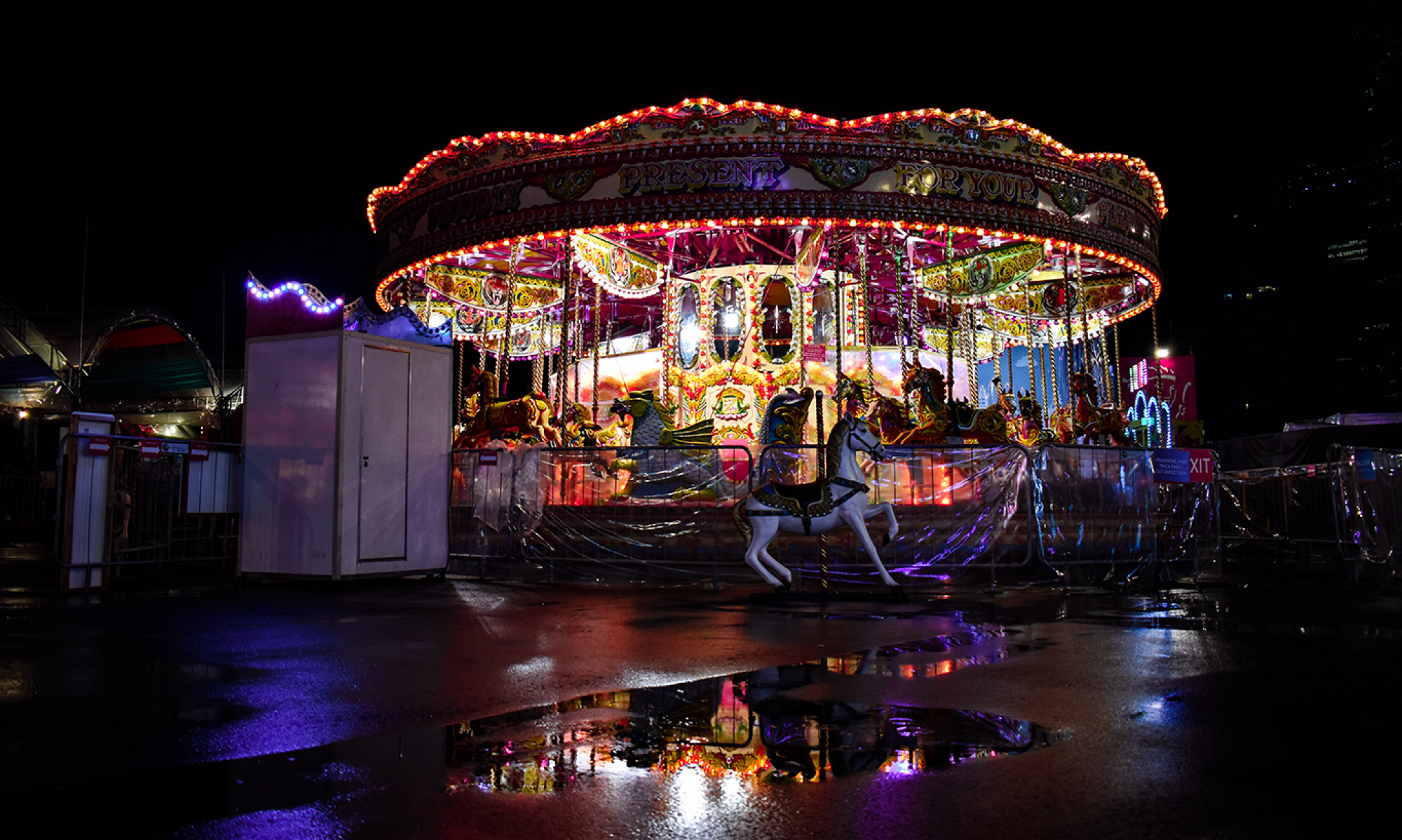

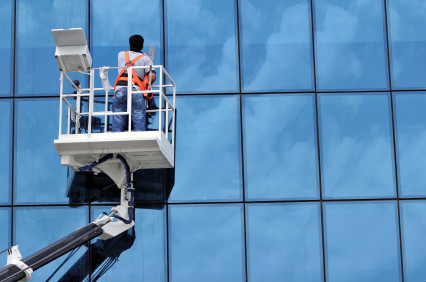
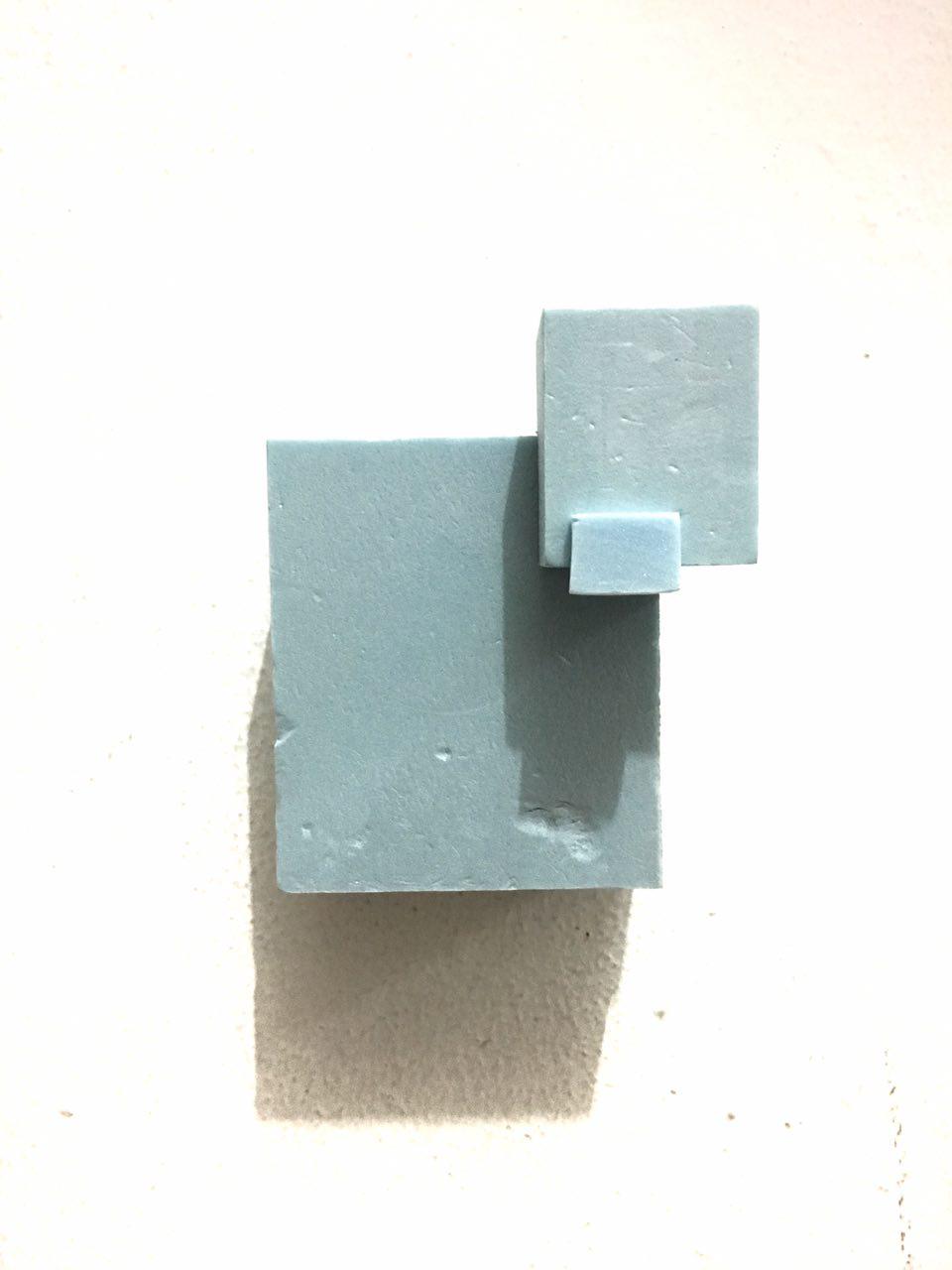
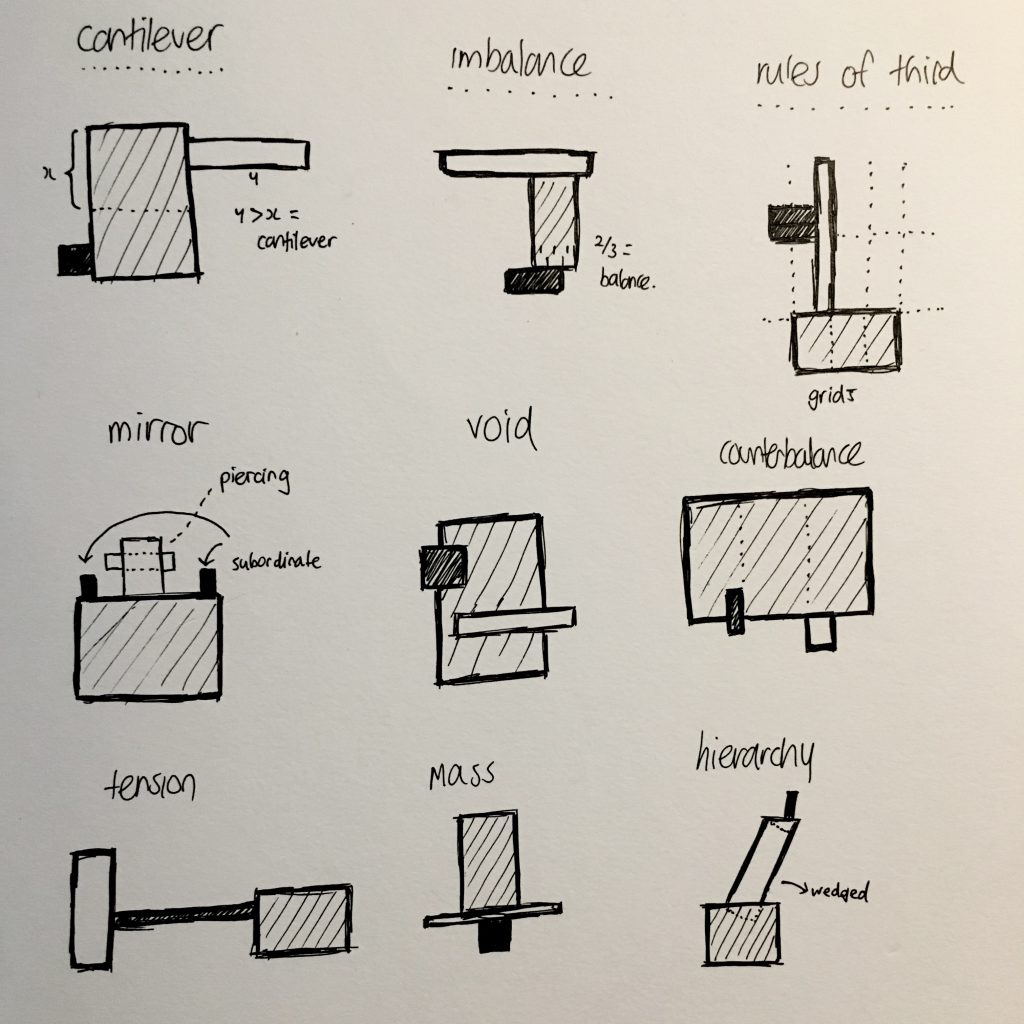
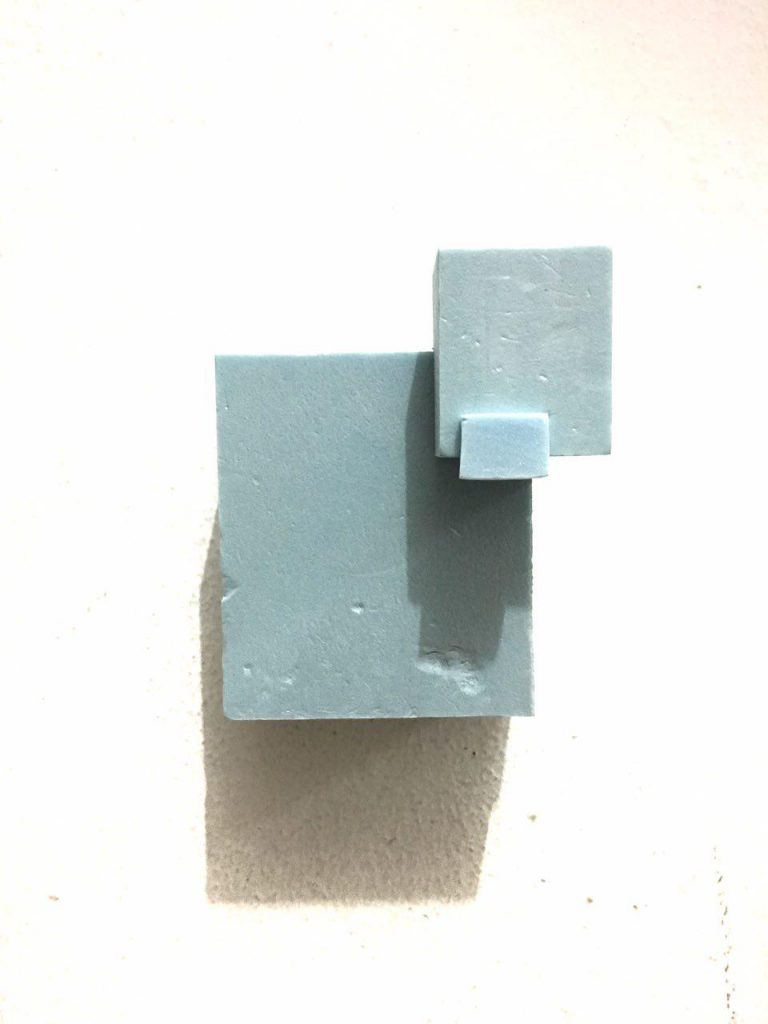
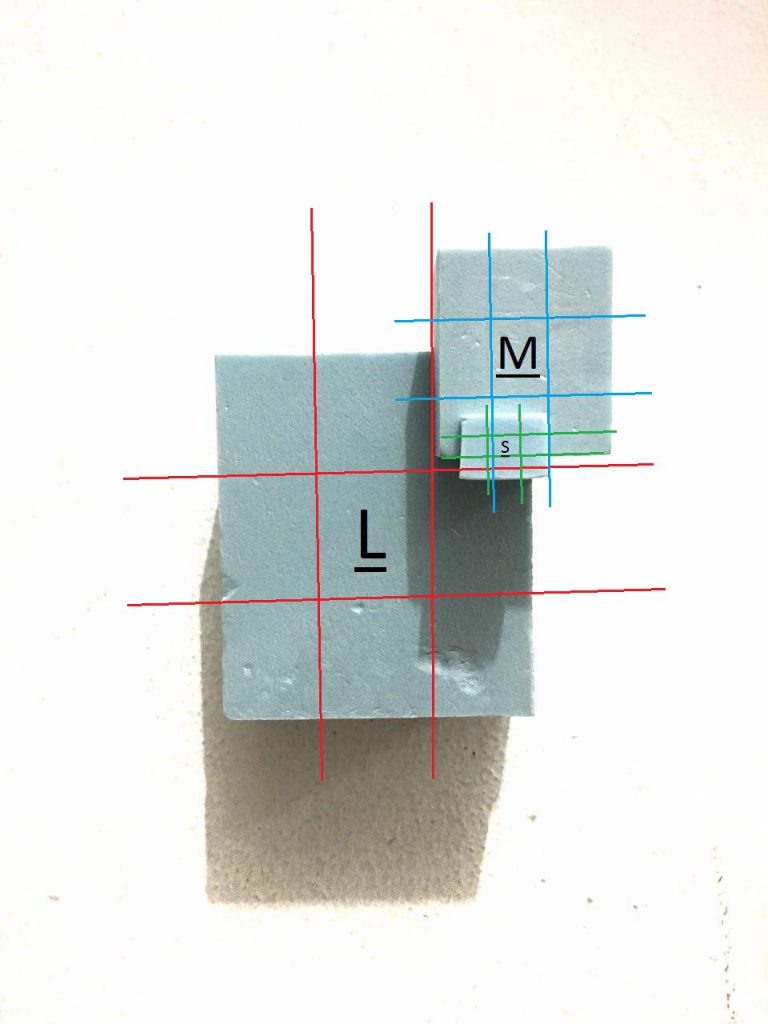 compared to the S. I attempted to use blocks at varying volumes, with the L three times of the M, and the M three times of the S. An interesting composition i found was the usage of the S block paralleling to the L block shown above, creating an implied negative space along the M, providing a strong 3D effect even on a photograph.
compared to the S. I attempted to use blocks at varying volumes, with the L three times of the M, and the M three times of the S. An interesting composition i found was the usage of the S block paralleling to the L block shown above, creating an implied negative space along the M, providing a strong 3D effect even on a photograph.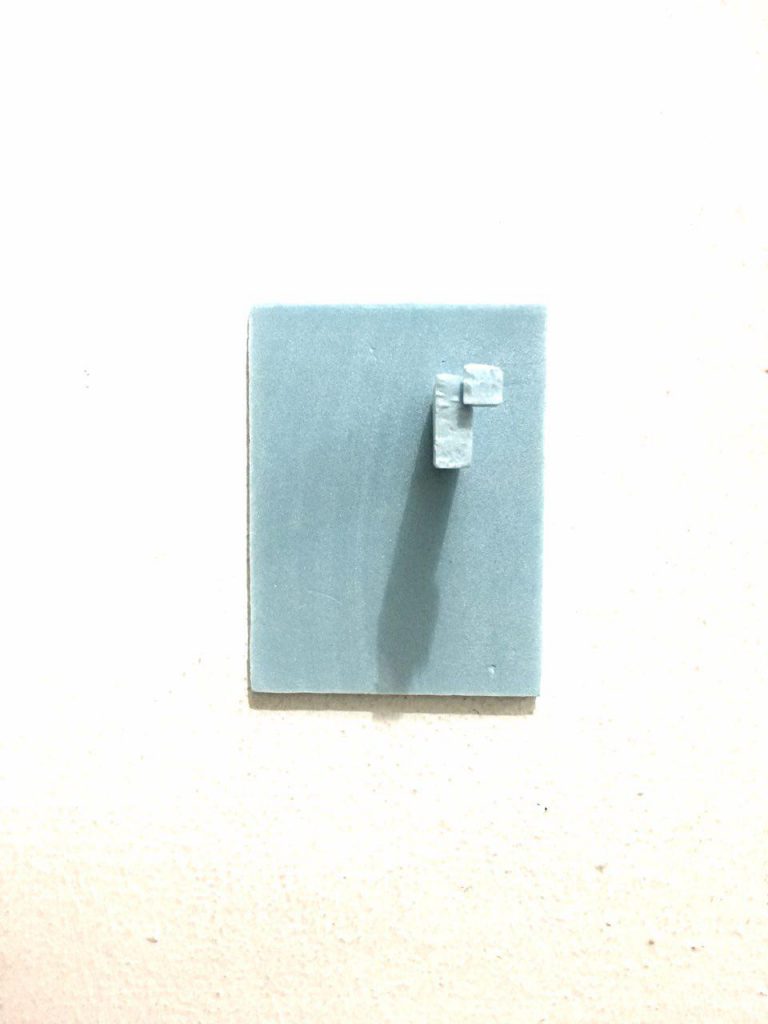
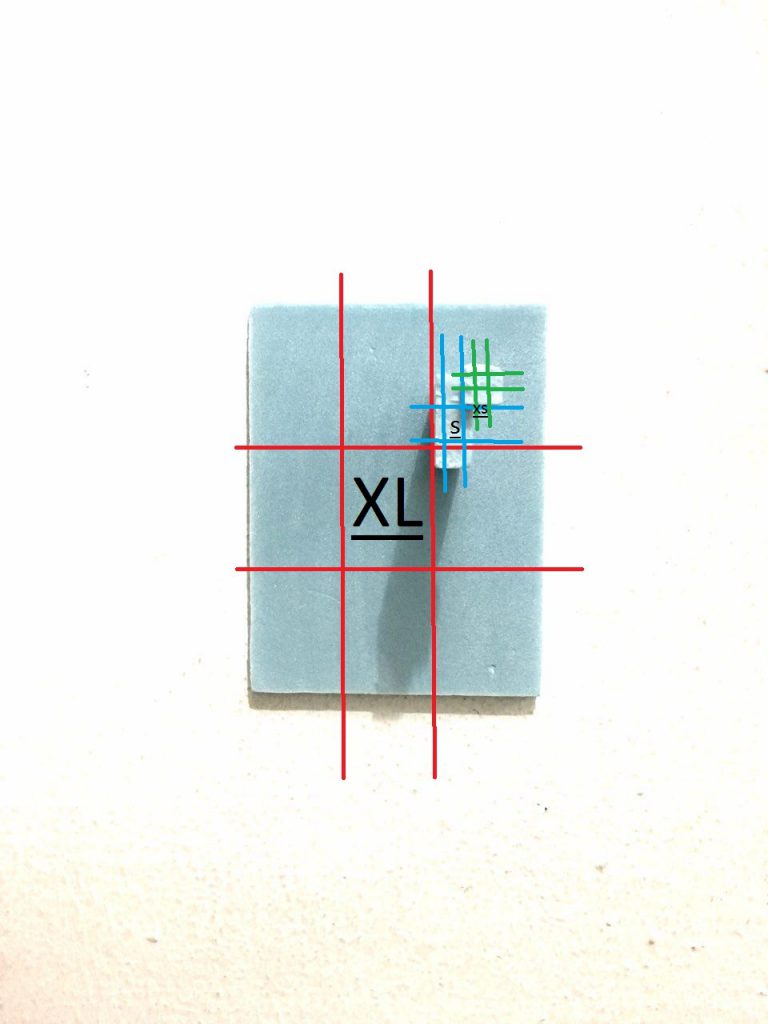 _________________________________________________
_________________________________________________